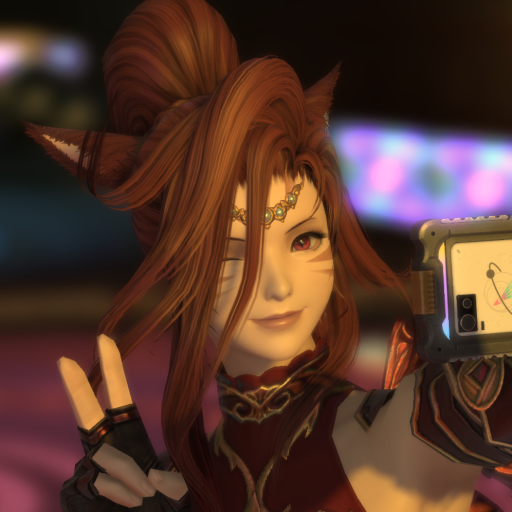"Anyway, the main point these meditation teachers are making is the same as the upshot of the modular-mind model: the conscious self doesn’t create thoughts; it receives them. And that reception, it seems, is the part of the process Goldstein had observed with much more objectivity and clarity than I’d been able to muster—the part when the thoughts enter conscious awareness, the part when they “bubble up.” After conveying to Goldstein that I hadn’t meant that thoughts actually harbor a desire to capture our awareness, I asked whether, nonetheless, they sometimes seem like active things, not passive things. “In other words,” I said, “they’re actors in your consciousness that you’ve got to deal with, and you’re in the habit of going along with them, but that’s not necessary.” “Correct. And they become a lot less active when we see them for what they are. When we’re not pulled into the drama of them. It’s sort of like going to the movies. We go to the movies and there’s a very absorbing story and we’re pulled into the story and we feel so many emotions . . . excited, afraid, in love. . . . And then we sit back and see these are just pixels of light projected on a screen. Everything we thought is happening is not really happening. It’s the same way with our thoughts. We get caught up in the story, in the drama of them, forgetting their essentially insubstantial nature.”









































































